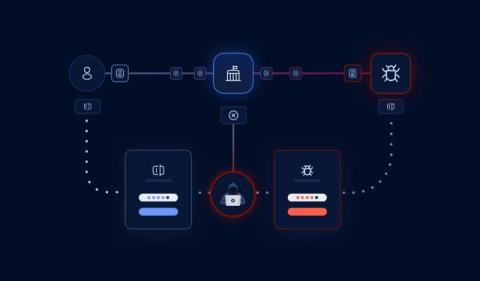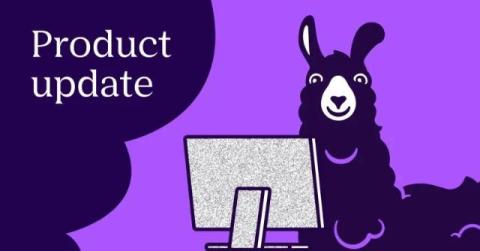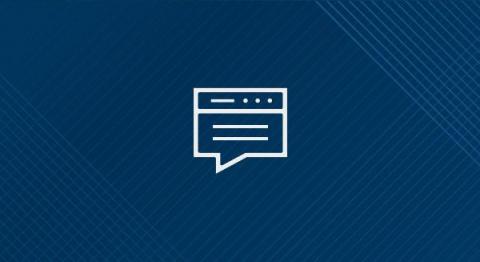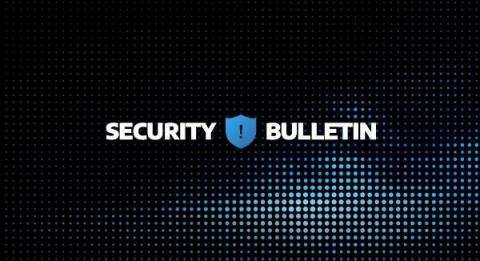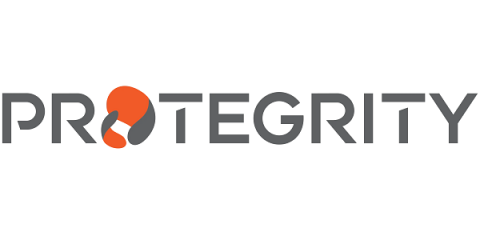How Popular Malware Is Stealing Credentials and What You Can Do About It
Credentials are prime targets for attackers, as they make it easy to access resources as legitimate users without discovering vulnerabilities or using technical exploits. Malware authors know how interesting these low-hanging fruits are and are coming after your secrets!


